Holy Trinity Church Old Bewick
Religious Place In Chillingham, Northumberland
A tiny place of worship, hidden away, with a hefty nine hundred year history and notable Norman architectural features.
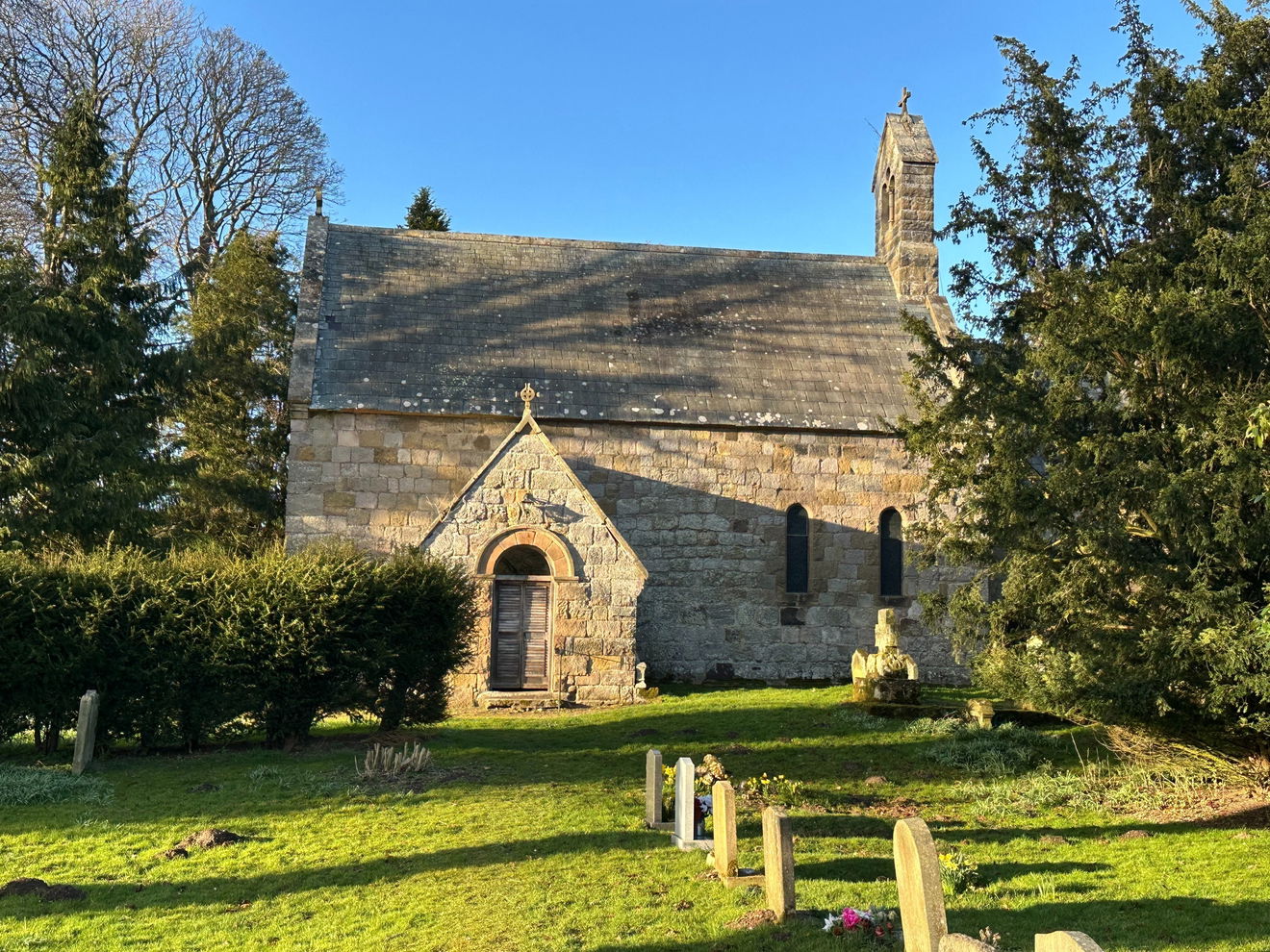
Some places you just have to return to. Is it the view, the atmosphere, or some personal significance? For me, here, it's all three.
This is Holy Trinity Church in Old Bewick. Blink and you miss it, which would be a travesty as this little chapel, ensconced in spring flowers is a true jewel in the crown of North Northumberland's ecclesiastical heritage.
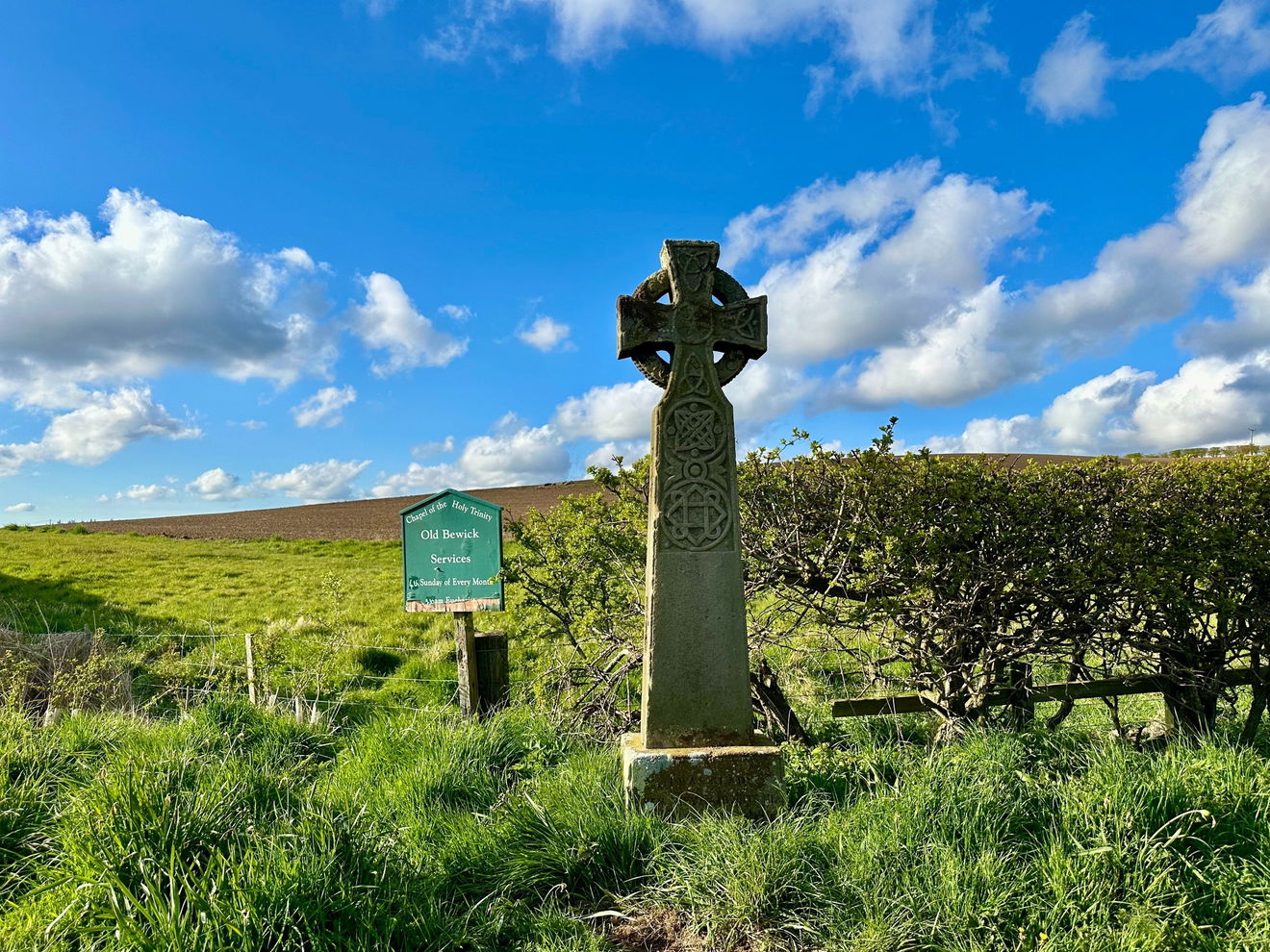
You know you're there when you hit the old Celtic cross at the end of the lane, its triquetra (or Trinity knots) interconnecting and pulling you in to stop and take a turn up Holy Trinity Lane. We were accompanied by the late afternoon aerial saunter of a curious barn owl.
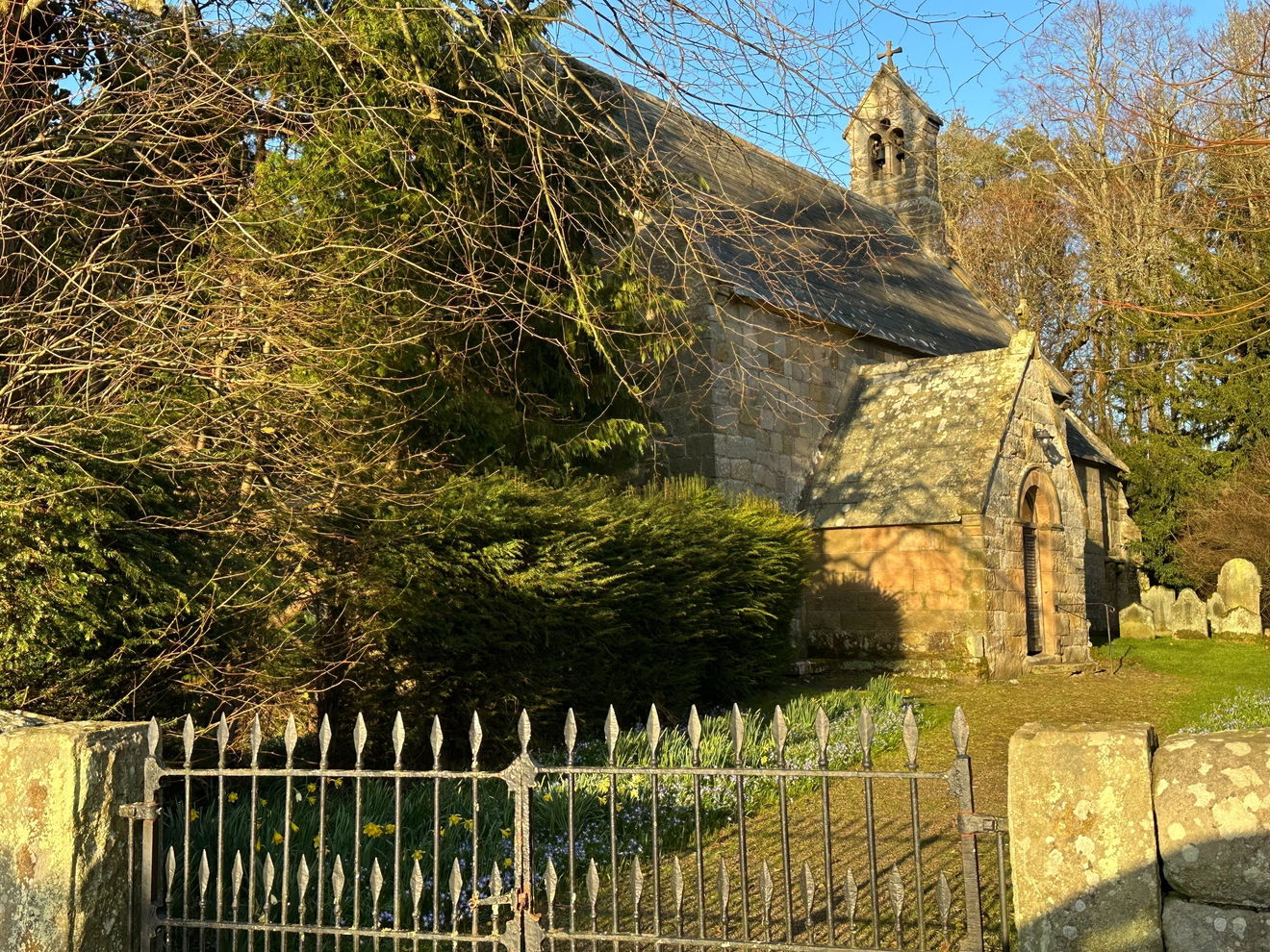
The soft warmth of some March sunshine was a bonus and showed the church in all its yellowy sandstone glory.
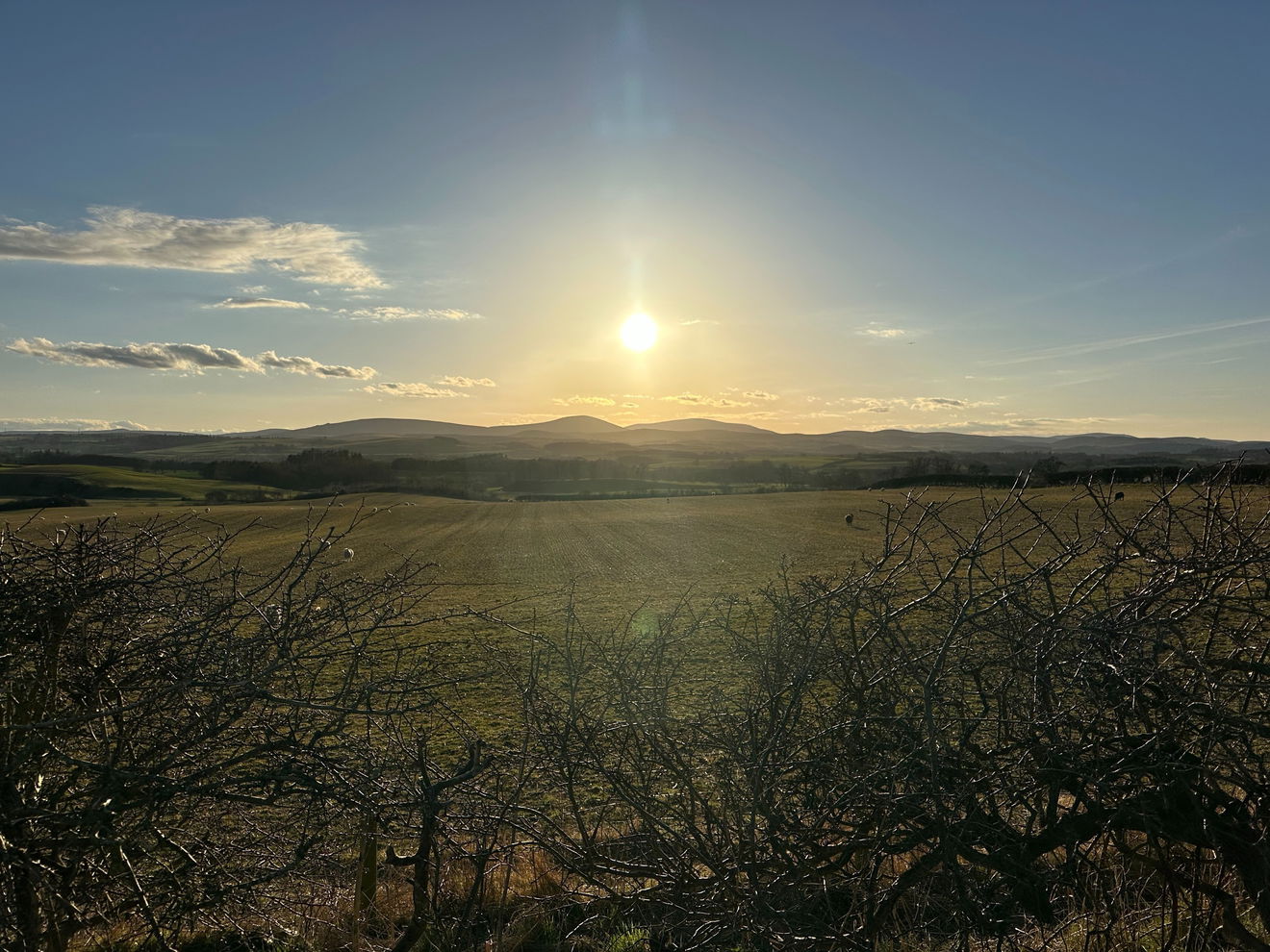
But it's not always been this way in the this far flung and peopleless corner of Northumberland. Old Bewick has seen some turbulent times in its 900 hundred year life. Built in the 12th century, it's a single cell affair with only a nave and chancel to speak of. Simplicity and solitude are what make this place special.
Over the centuries, the church and its people have taken a tumble with the Scots on numerous occasions! It saw restoration in both the 13th and 14th centuries and then again in 1695 when the nave was fully restored.
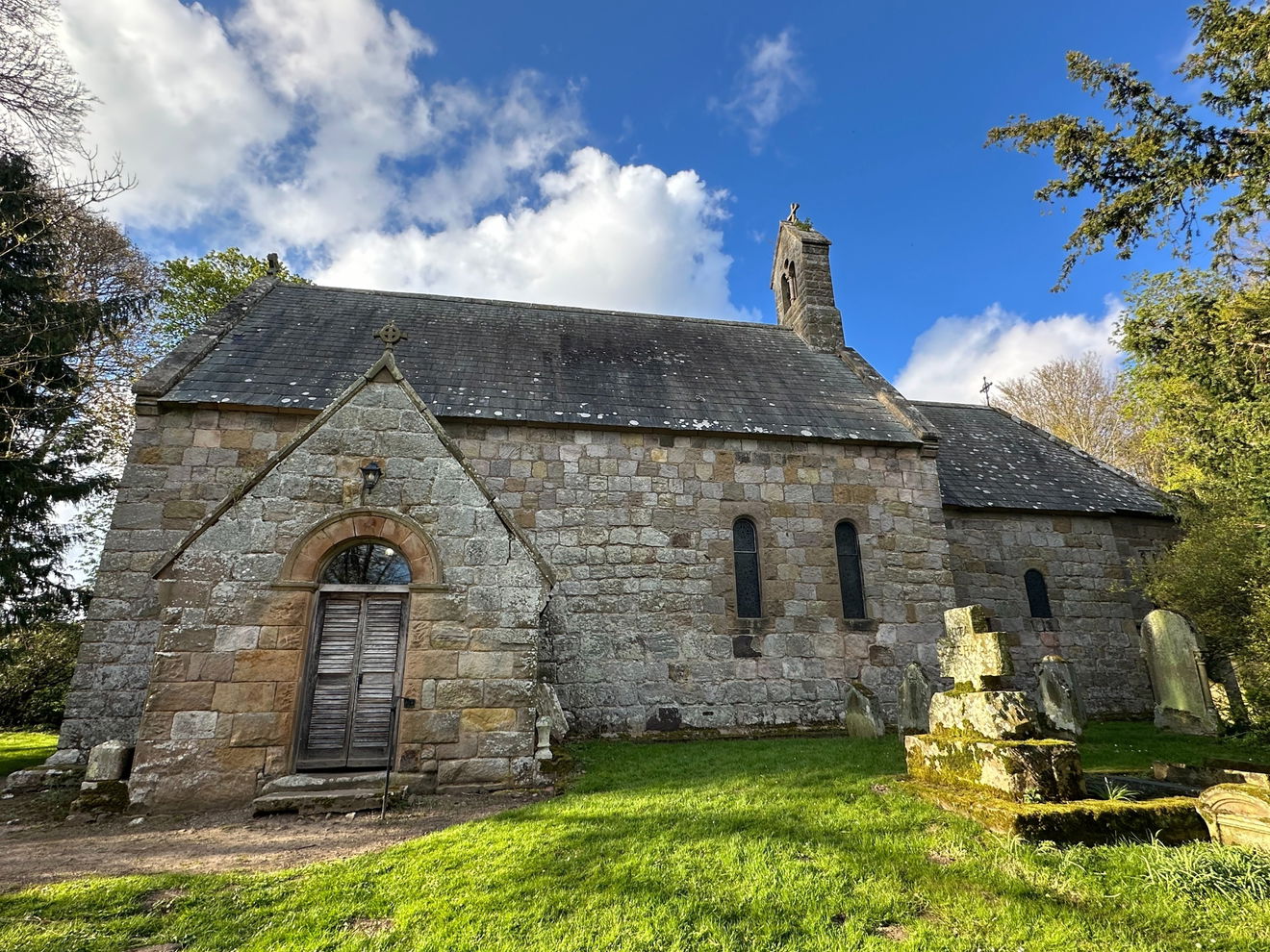
We always seem to arrive at Old Bewick at the close of the day. There's always that moment of anticipation. Should we look around the outside of the building first or attempt to step inside before it's locked up for the night? Or have we missed the boat and is it already locked up?
On the first occasion, I gingerly put my hand on the latch, fully expecting it to be closed, but a grey and long fingered, veiny hand reached round and caught mine in it. I screamed and nearly passed out. The hand owner also screamed and nearly passed out.
Then, in the tiny porch, which quite frankly is too narrow for two people to pass in, only there were four of us, we collected ourselves, apologised, passing sideways, and in a very British way, carried on as if no one had just nearly thought they'd met the very ghost of Old Bewick past!


The porch is indeed worth the linger. Added in 1695 it houses some spectacular grave slabs from the 13th and 14th century, and a curious cross shaft, which may have been a plague stone. Such stones were left near parish boundaries and held vinegar to disinfect but were also markers where people left goods to trade when communities were affected by plague.
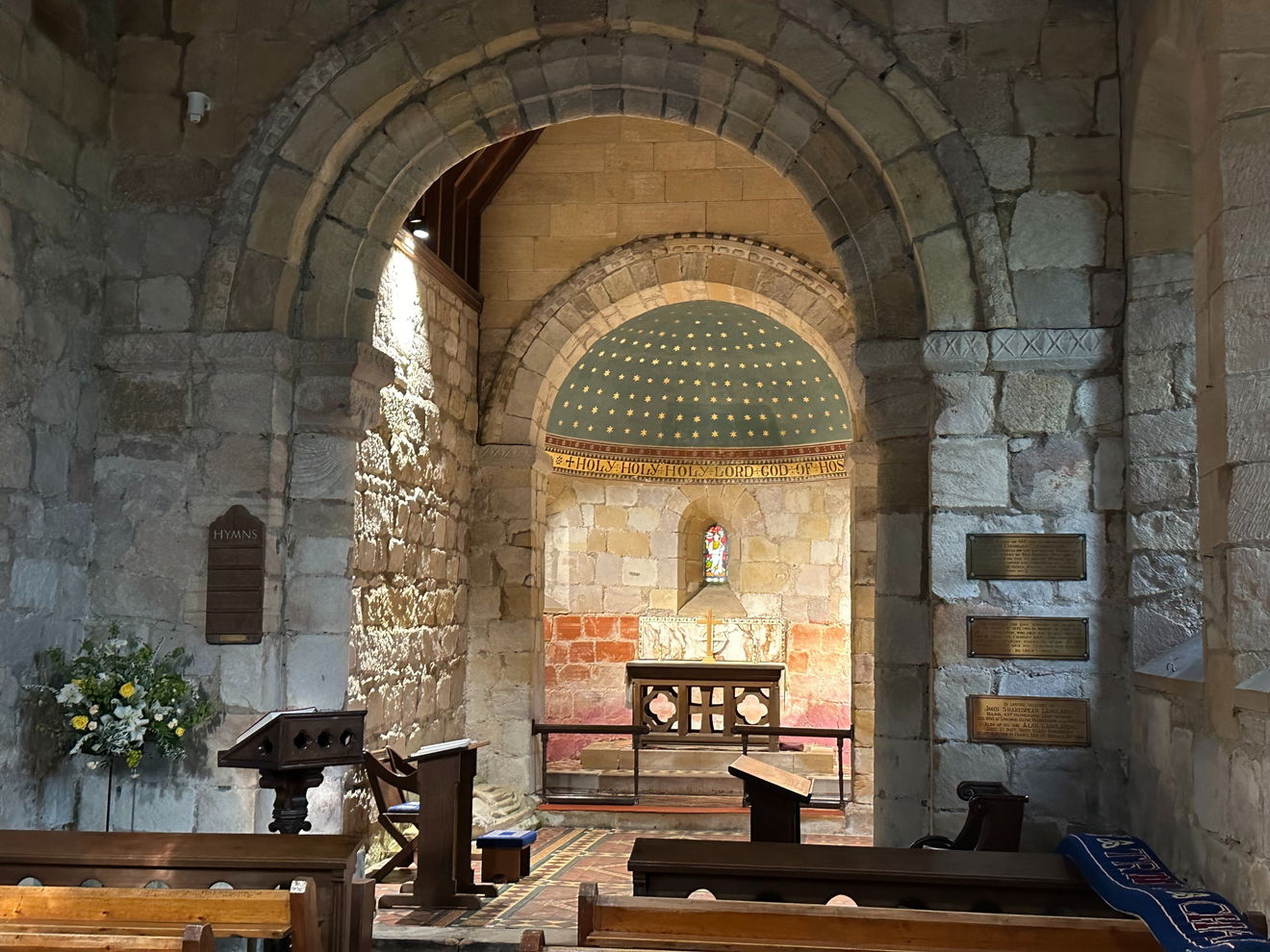
Once inside, this tiny little church literally shines. Its simplicity is what makes it extraordinary. No photograph ever does it justice. You simply have to see it with your own eyes to appreciate its tranquillity and plain but perfect beauty.
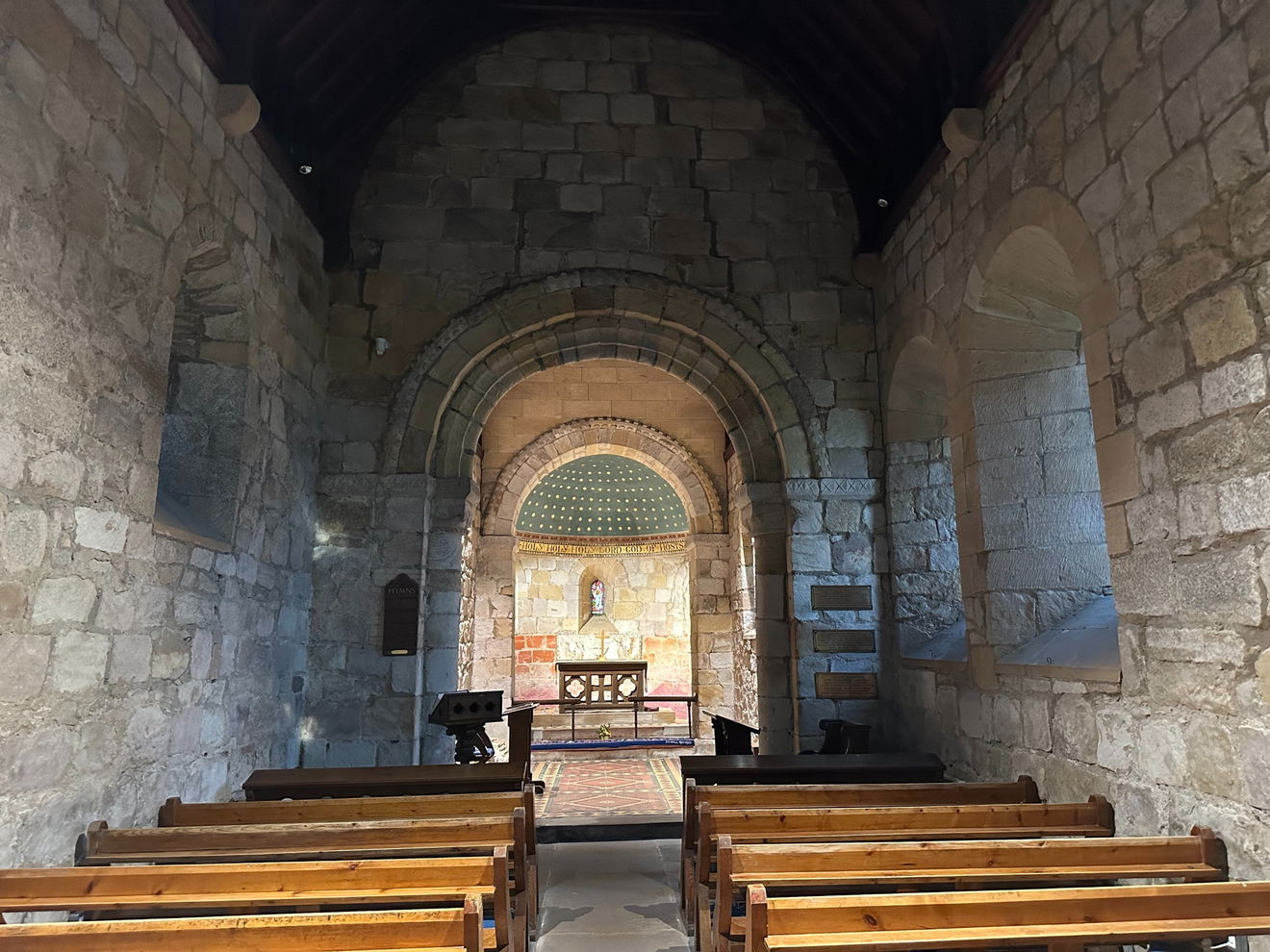
It's small. It's lack of pomp and circumstance for a religious building is what makes it beautiful. Look down the narrow single cell of the church, down the aisle to the apse. Very few Northumbrian churches have an apse and this is a belter! It's almost as if it's been plucked from some far off Moroccan mountainside. It draws you in, but there's plenty to note before you even step into the apse, and I've only just realised this, that the more you visit, the more there is to see.
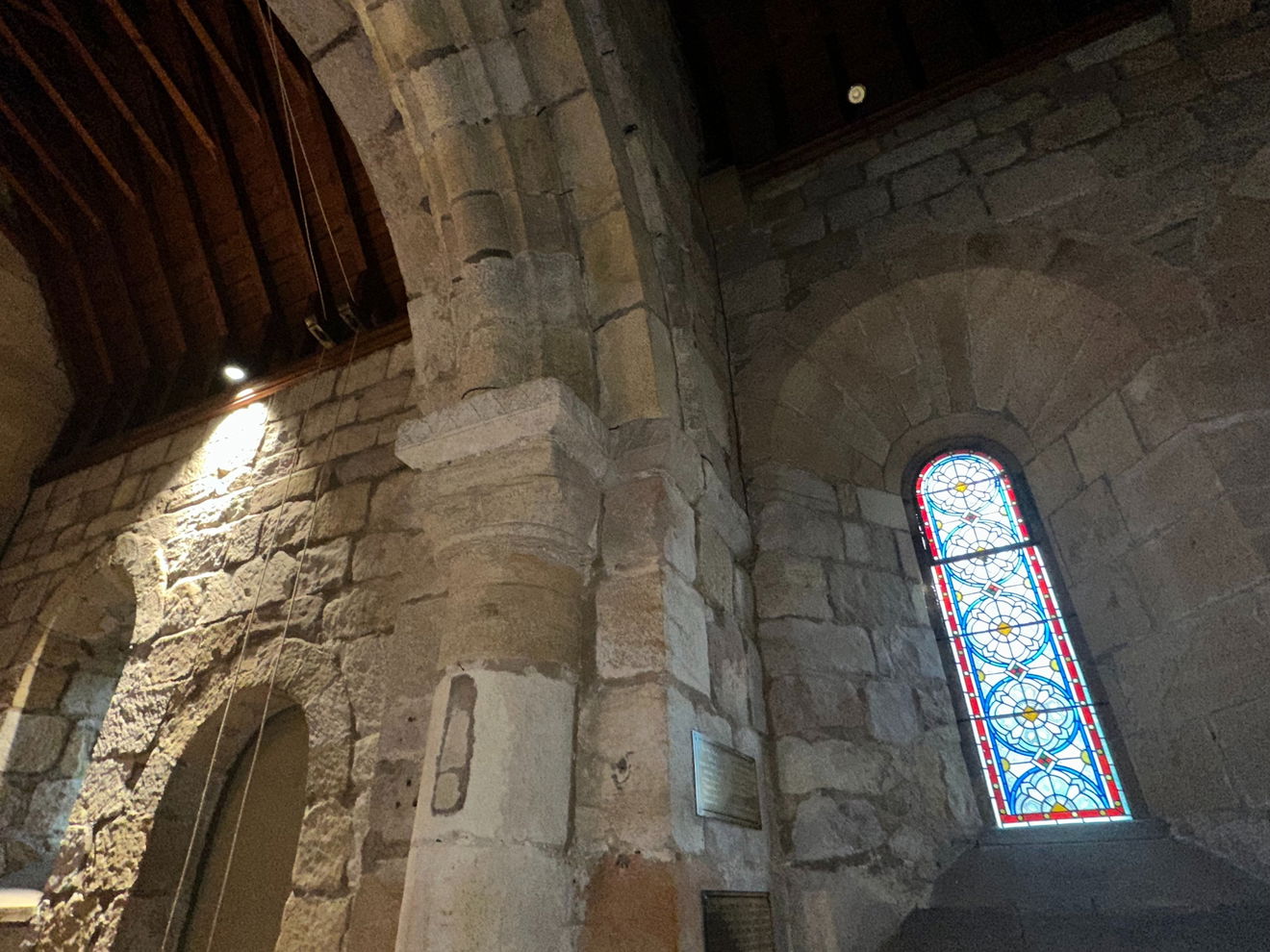
Let's start with the arches. Windows, Priest's door, the chancel arch and the Norman apse arch all mirror each other to make a dramatic draw on the eye and give an illusion of length to this compact chapel.
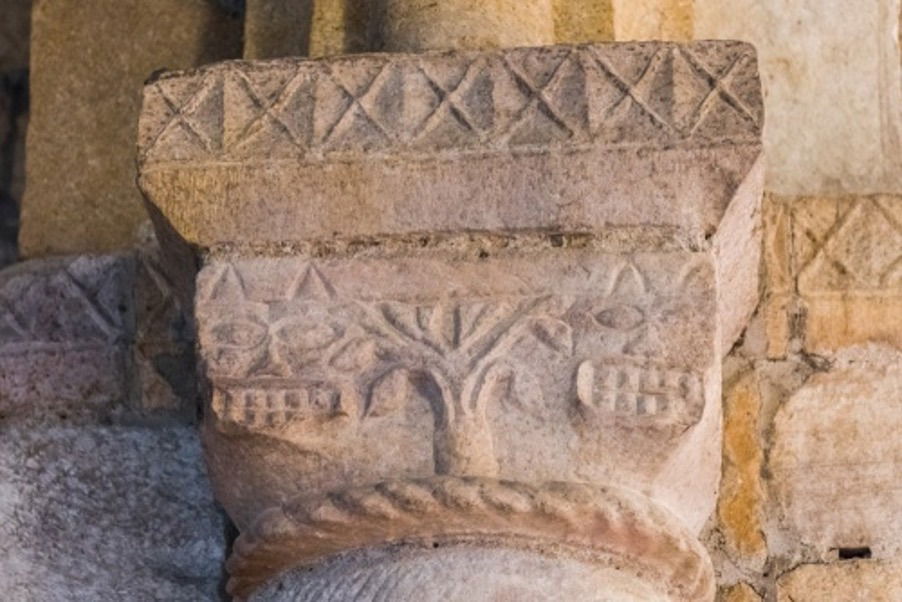
On closer inspection, the carved capitals are high drama themselves. Look at those scary cat creatures with massive gnashers sat atop the rounded pillars which are sandwiched in with saltire crosses.

As simple as it is on first inspection, this stonework holds much fine tuned variation and would have at the time of its inception, indicated wealth and attention to detail. It's easier to notice on the apsidal arch. Look at the moulding that looks like carved wine bottle corks. This is called billet. A repeated carved pattern, common in Norman architecture, which appears as a series of rounded cylinders. It's thought these carved details date back to the 11th century.
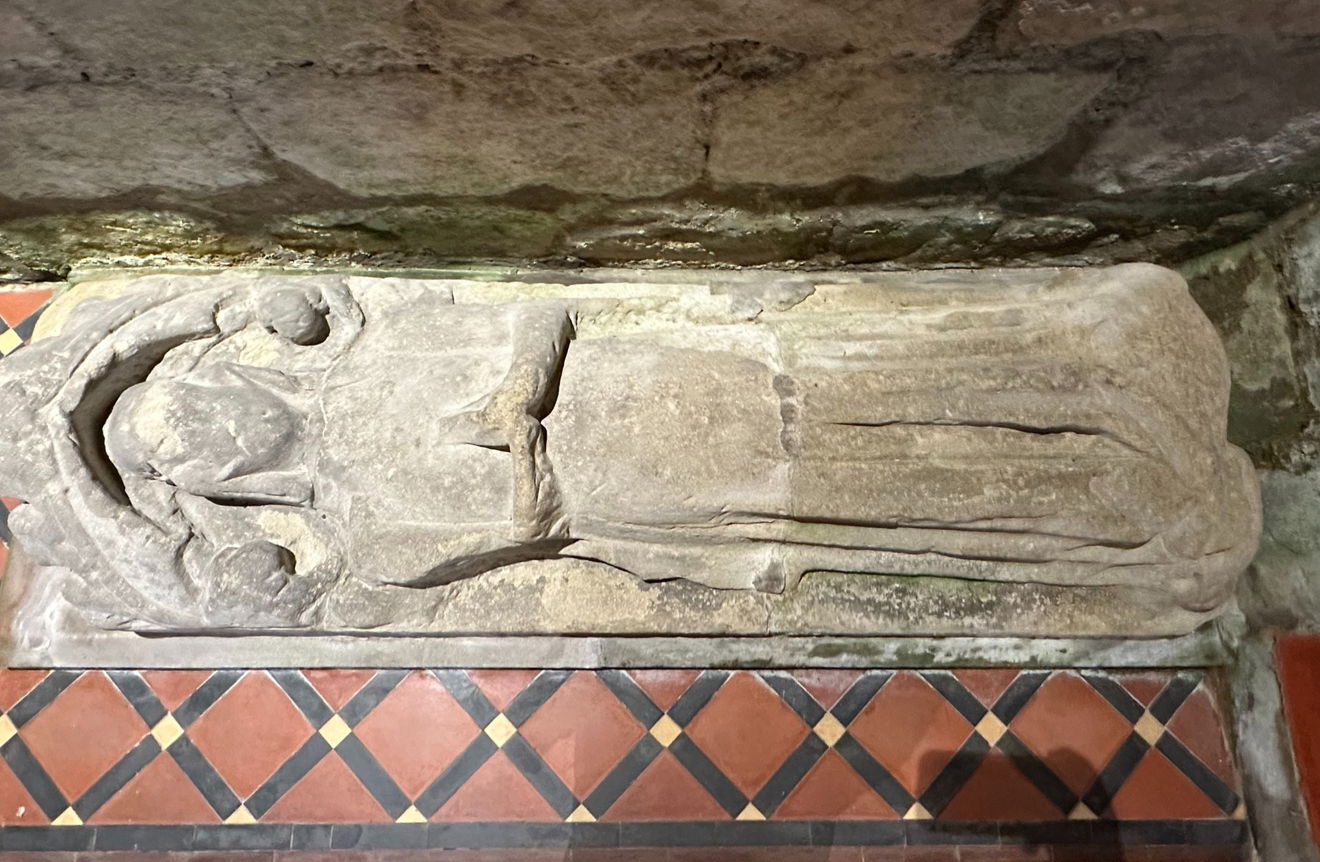
Taking our eyes back to the floor, we noticed a stone carving of a woman, thought to be 14th century. No one really knows who she is, but it's thought that she could be the effigy of the wife of a wealthy patron who paid for the restoration of the church. Another theory is that she's Queen Maud...remember her eh?
I think this info came from a 12th century iteration of Ok Magazine, but word has it that Maud, or Matilda of Scotland was the wife of Henry 1st. She gave up Old Bewick to Tynemouth Priory in 1107 in remembrance of her father Malcolm Canmore, King of Scotland, slain in the Battle of Alnwick in 1093 and buried at Tynemouth. Maud's dad had taken the crown from Macbeth in 1054 and then some decades later, strode into Northumberland causing a right old rumpus, looting and pillaging a whole host of places. Maybe the lady is then an effigy of Queen Maud.
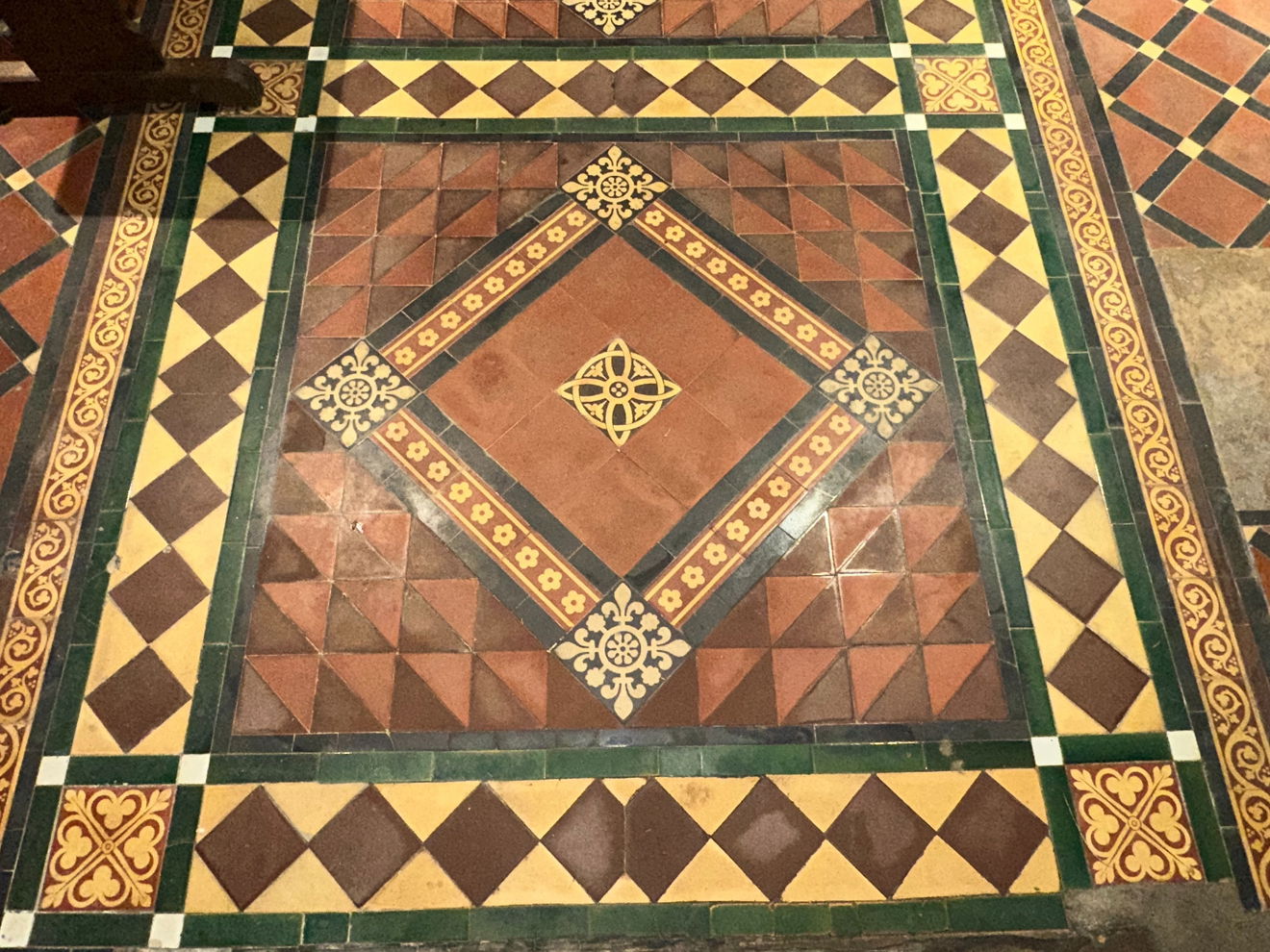
She lies on a neatly laid bed of Minton tiles which run throughout the church and can be found in many religious and historic buildings. They are typical of the Victorian era and were made popular by the architect Pugin. Made with a limited colour pallet, they aren't glazed but the pattern is inlaid into the tile, so when they are worn down through centuries of footfall, they still retain their original look and colour.


Returning to the apse, all eyes are on that beautiful ceiling, a constellation of gold delight in the half domed vault. So simple yet full of impact and wonder. The big blocky stones are pink and orange and almost look fire damaged, but I could find no record of fire, just the roof blowing off mid 18th century, after which time, the church lay abandoned for many years


In 1866, J C Langlands, a local farmer who lived at Old Bewick Farm led and paid for the restoration of Holy Trinity. He was a font of knowledge on this little pocket of Northumberland, having found and identified five cup and ring marked stones on Bewick Hill in the 1820s. He was renowned for his detailed knowledge of Old Bewick, which he presented to the Berwickshire Naturalists Club in 1866. The Celtic cross standing at the end of the lane is dedicated to him, as is the chancel and rose windows dedicated to his wife and their son Charles Langlands, who died in action at the assault of the Gate Pah at Tauranga, New Zealand in 1864, aged only 21. He was an ensign with the 43rd Light Infantry.
Check out that hefty old font!
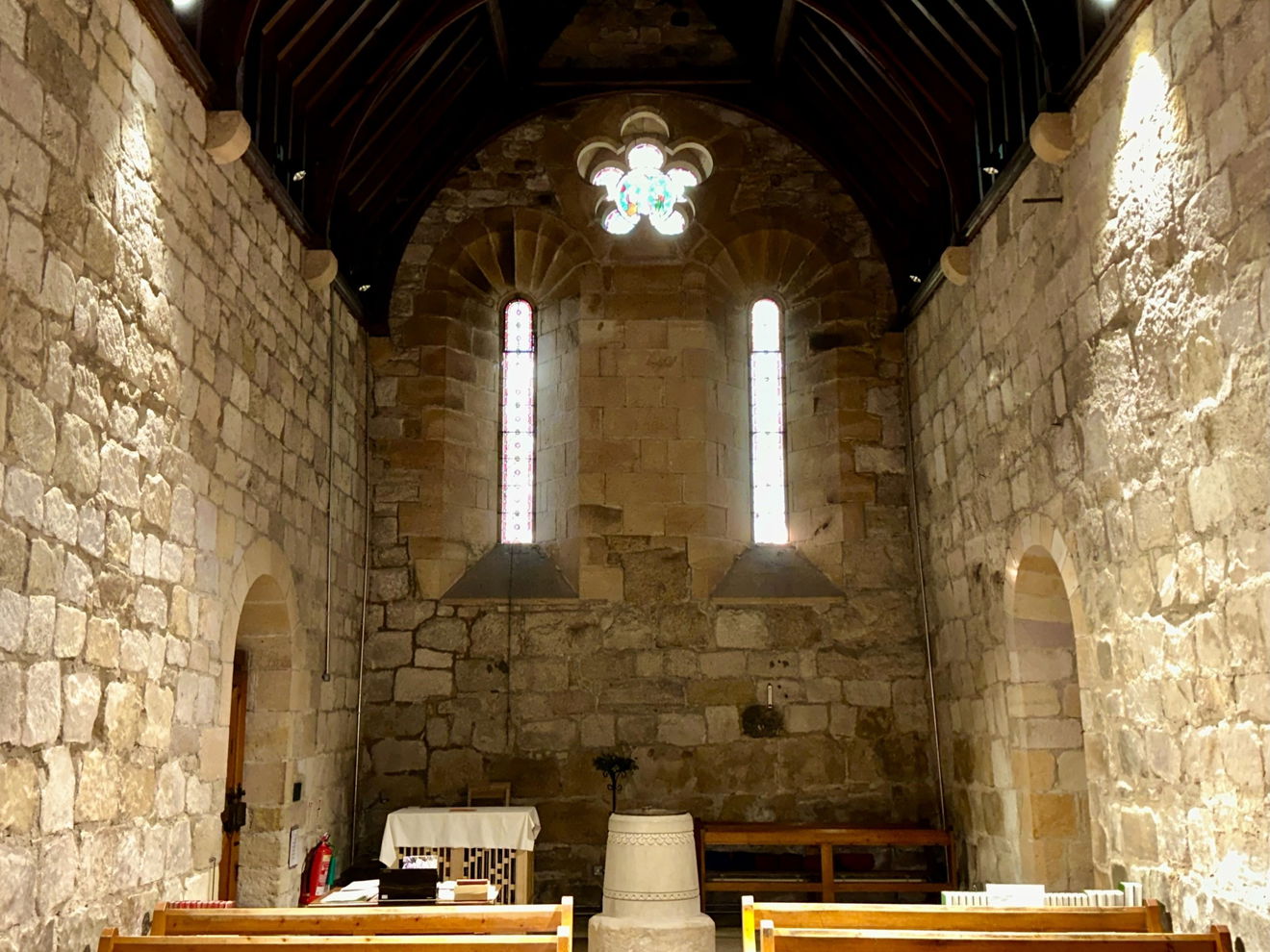
J C Langlands is buried at Old Bewick, alongside a host of other unusual and very old graves. Look at this curious cross face and accompanying text which states
In the year of our Lord God 1720, here lieth the body of Roger, who departed this life at bueck (Bewick) mill race, muera (died ~1720
Curiously muera is the Spanish word for died!


There are many interesting old graves in the churchyard with its meandering Kirk Burn and the rudimentary clapper bridge crossing over it.
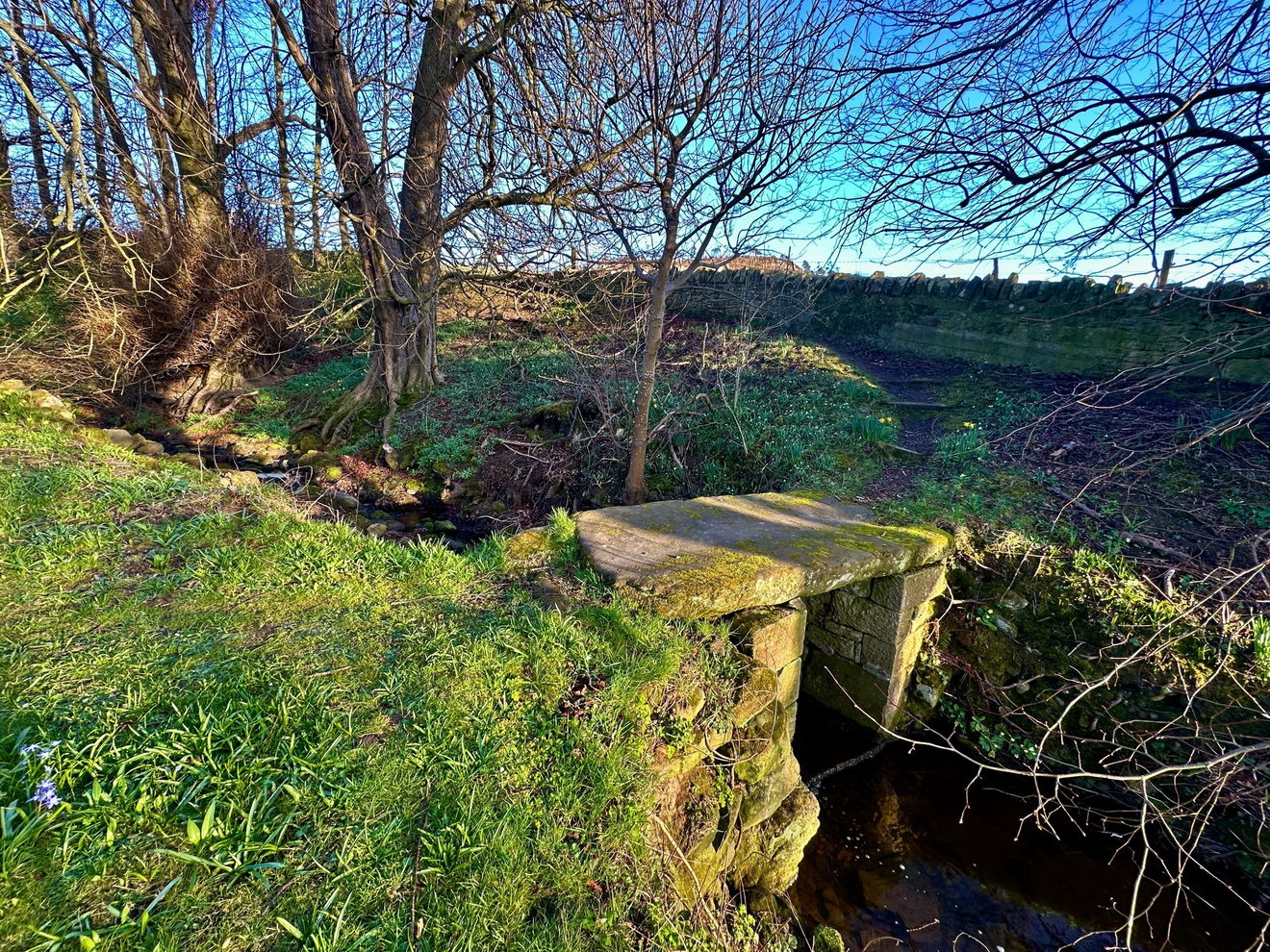
We noted two of curiosity and from more recent living memory. The first was in memory of Edward Anderson Wrangham of Harehope Hall, Northumberland. An educated land owner and environmentalist, Ted Wrangham had been interviewed but not chosen for the 1953 successful British expedition to Everest. Not defeated by this he became the mastermind behind Northern Europe's largest man-made lake. Between 1959 and 1982, he navigated his way through the red tape to develop Kielder Water and was a huge advocate for outdoor activities, a true pioneer of the 20th century Fabulous North.
We also spotted a similar grave commemorating Harvey Jackson, an eminent neurosurgeon from Newcastle.


I'd initially been drawn here as my Great-grandfather had been born at Old Bewick. A lovely lady guided us up to Nursery Cottage, where he'd been born, and where my Great-great grandfather had lived and been a rabbit catcher for the hoi polloi at Fowberry Tower in Chatton. So, I can feel why I'm drawn back here to Old Bewick, time and time again. I like to think about my ancestors, who would most likely have been baptised in this church, walking amongst the spring flowers just like me, only a century and a quarter before me.
I wonder if the Chionodoxa and the ceiling of the apse looked as blue to them?

Get 3 points if you have visited this place. Already visited by 25 VIPs.
Login to the VIP area to add places to your bucket list, mark them as visited and more importantly see where you rank on the league table.
How To Find Holy Trinity Church Old Bewick
Where Is Holy Trinity Church Old Bewick?
Lat / Long
55.493087, -1.893955
What three words
Where To Park For Holy Trinity Church Old Bewick?
Lat / Long
55.492817, -1.894525
What three words
We parked on the grass verge, outside the church, but be sure to leave room at the end for the turning circle.
Contributed by Jos Forester-Melville
Highland loving human. Thalassophile. I love a good smile. Happiest heading for the hills with my pickup filled with kids and dogs! Working four days, we enjoy a Fridate, and usually spend it scouting out new scenery. I love a gated track, a bit of off roading and if it involves a full ford, well, that gets extra points! I go nowhere without a flask and binoculars, and love the small things in life that make it big…Goldcrests, dry stone walls, Deadman’s fingers, blackberries and quality clouds.
More Places from Jos
More Places In Chillingham
Find more fabulous places in Chillingham, Northumberland and if you know of a place we haven't listed, then let us know.

Chatton Park Hill Trig Point
Trig Point Chillingham NorthumberlandThis is the trig point for Chatton Park Hill (184m) near Wooler.

Chillingham Wild Cattle
Estate Chillingham NorthumberlandA unique herd of wild white cattle, living on the Chillingham Estate for hundreds of years and rarer than pandas.

Cateran Hole
Cave Chillingham NorthumberlandA cave in a crater up on the moorland between Eglingham and Ros Castle.
More Religious Places
So this religious place wasn't enough and you want more? Don't worry we have you covered.

Dunino Den
Religious Place St. Andrews ScotlandA hidden gorge, which contains mysterious carvings and has long been associated with pagan rituals.

St Peter's Church
Religious Place Sunderland Tyne And WearA Grade I listed building with origins dating back to the 7th century.
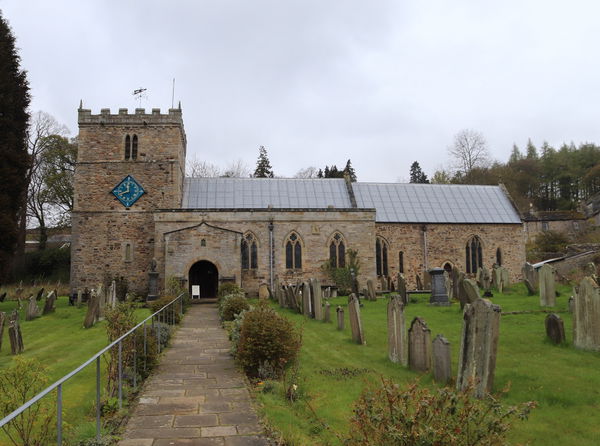
St Thomas the Apostle Church
Religious Place Stanhope County DurhamA Grade II* listed Church, dedicated to St Thomas the Apostle, in Stanhope.
Never Miss A Fabulous Place
If you are afraid of missing out on all the fabulous places we post, or just want to be the first to know, then sign up to the Fabulous North.
Each week we will email you all the brand new places that we visit.
Sign Up To AlertsFind Us On Facebook
We post all our new places daily on our Facebook Groups page, so join the group today and be notified when we add a new place.
Join Our Facebook GroupHoly Trinity Church Old Bewick was listed in Religious Place // Northumberland // Chillingham

